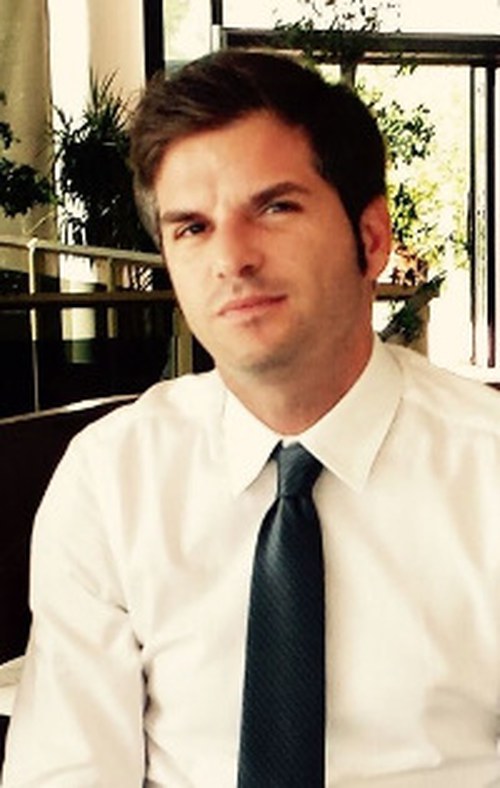Contact Name: Prof. Alessandro Vanelli-Coralli
About the speaker
Marco Papaleo received his B.Sc. and M.Sc. in Telecommunication engineering from University of Bologna in 2003 and 2006, respectively. In 2010 he received a PhD in Information Technology from the Advanced Research Center on Electronic Systems for Information and Communication Technologies "Ercole De Castro" (ARCES) at the University of Bologna. He was a visiting affiliate student at the University College of London (UCL) in 2006. During his PhD studies, he was a visiting PhD student at the Institute of Communications and Navigation of the German Aerospace Center (DLR), in Munich, Germany, and at the Center for Magnetic Recording Research of the University of California, San Diego (UCSD). In 2010, he was with Mavigex s.r.l., where he participated to DVB standardization activities.
Since January 2011 he joined Qualcomm Research department in San Diego, where he was involved in the system design of the high tier multi-mode modem platform embedded in the MDM 9625 and Snapdragon 800 chipsets. This platform led to hundreds of design wins, including flagship devices like iPhone 6/6+ and Samsung Galaxy 5. Since 2015, he joined Qualcomm office in Nuremberg where he is currently part of the international standard team. In his role, he is responsible for several ETSI and CEPT activities. He is also a 3GPP RAN4 delegate, where he is currently in charge of the LTE LAA feature and the 5G NR coexistence studies.
Marco Papaleo received the Marconi Young Scholar Award in 2009.
Abstract
The increase demand of high data rate services and the tremendous growth in traffic over the cellular network require the adoption of new frequency bands and the allocation of new spectrum to cellular systems.
In Release 13, with the specification of Licensed Assisted Access (LAA), 3GPP has answered the need of more spectrum by enabling cellular access to the 5 GHz unlicensed spectrum. One of the main aspect addressed during the LAA specification was the need of coexistence techniques between LTE and Wi-Fi devices.
A relevant part of the 5G specification is related to the possibility of using even higher frequency bands, i.e. millimeter wave spectrum (mmW). Most of the mmW bands will be shared with other systems, requiring specific studies to assess the possibility to coexist with incumbent services.
It is clear that spectrum sharing and coexistence across systems is becoming a paradigm in the design of next generation cellular systems. In this lecture, we will focus on the main work done by 3GPP on this regard. In particular, we will present the main challenges addressed during the LAA specification and the current ongoing coexistence work needed to develop the 5G standard.
